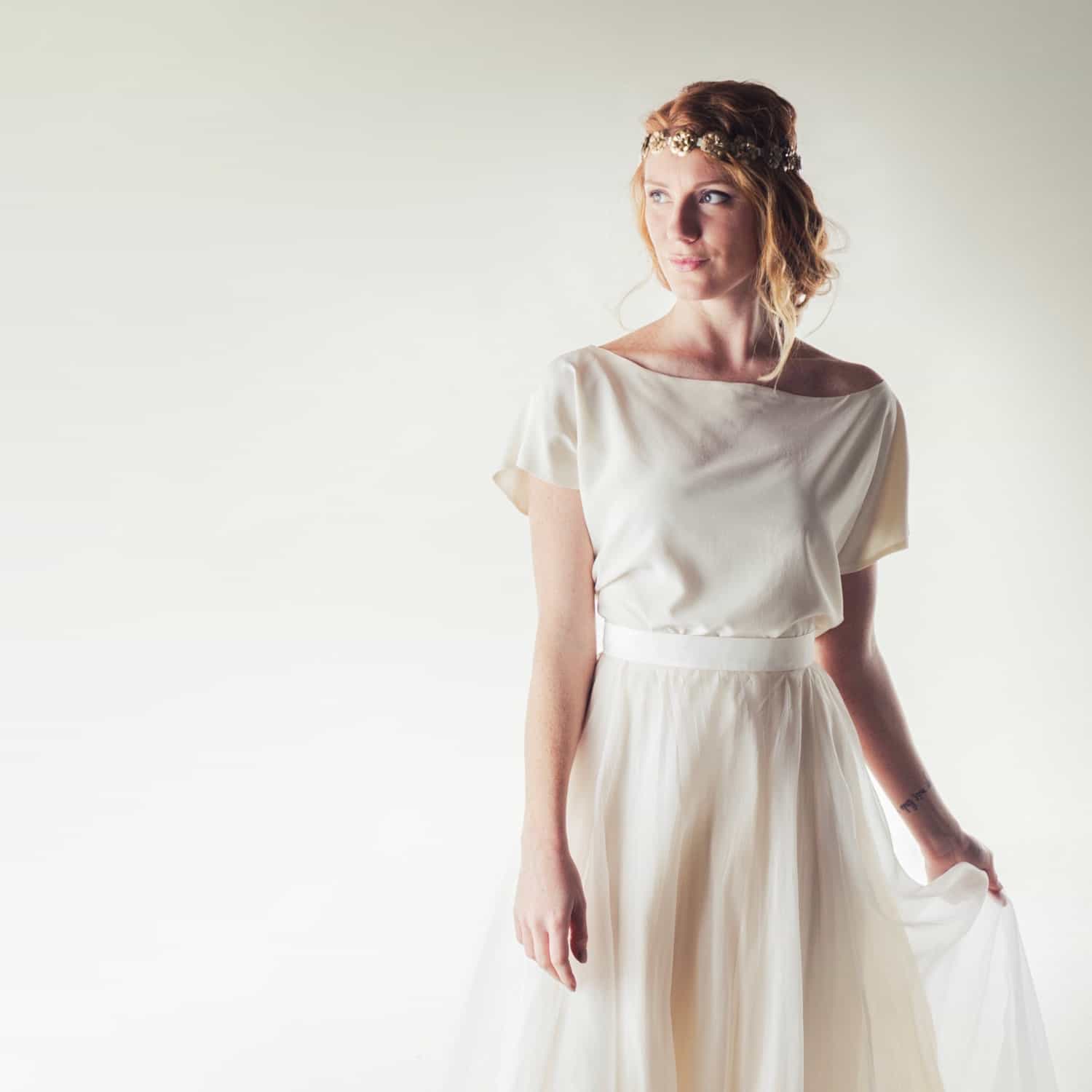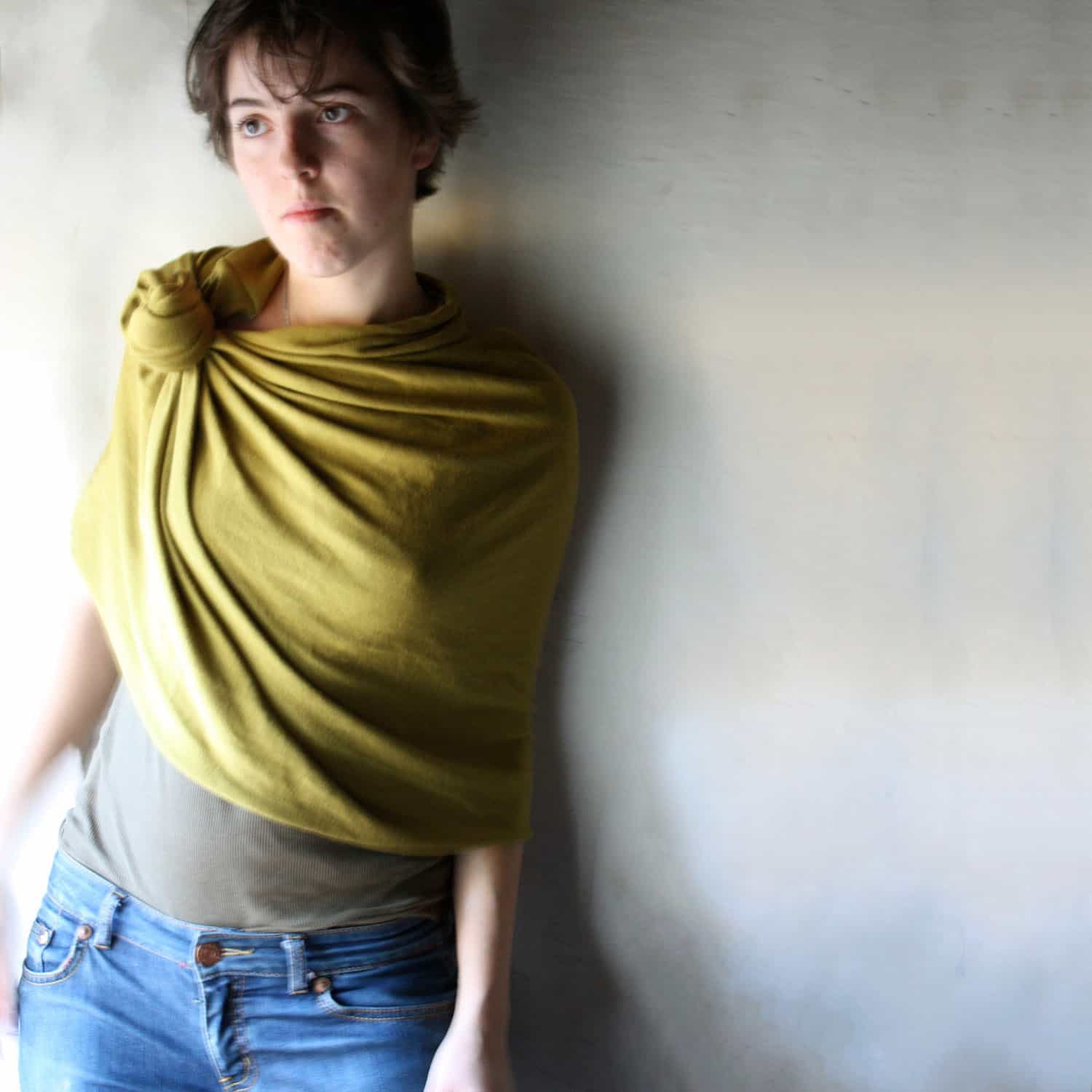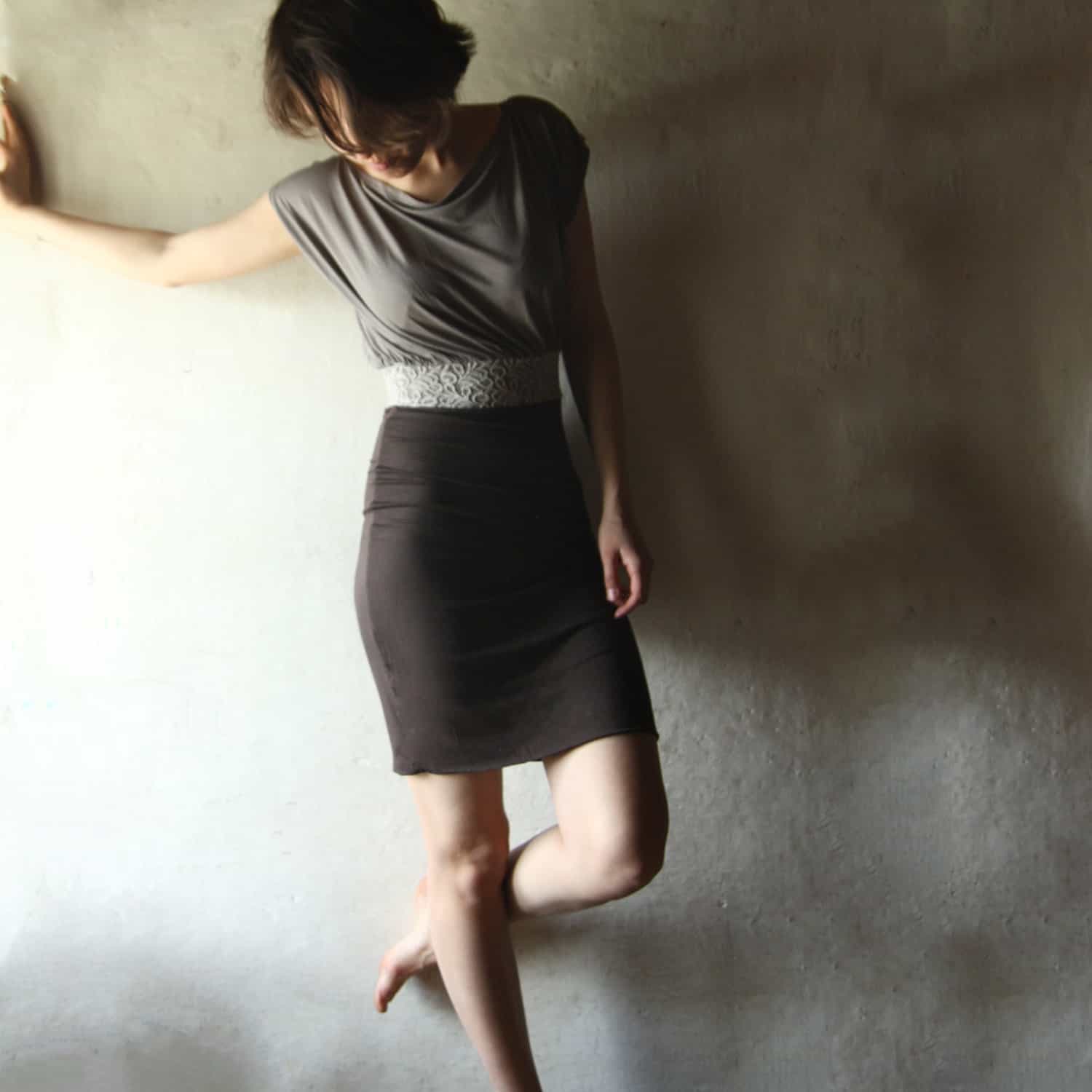Alarilue
TPF Noob!
- Joined
- Aug 12, 2017
- Messages
- 5
- Reaction score
- 2
- Can others edit my Photos
- Photos OK to edit
Hi all!
I am setting up a photo studio for the sole purpose of photographing my clothing designs, which I sell online.
I need a very specific kind of lighting, in that it must reproduce side window light as closely as possible and will be used always to achieve the same effect.
I will be in a completely dark room, with a white backdrop and floor, and both side walls will be white as well.
I am attaching a few examples of what I have experimented in the past. all these have the quality of light I am aiming for.
I used to photoshoot in my home with window light. I moved, so then I had two different professional photographers take them, but I liked my previous independence so since I have the space I want to set myself up with a professional lighting situation.
Achieved in a studio with one large rectangular light on the left side:

Achieved with an enormous umbrella shape light on the left side, and two smaller lights pointing at each other behind the model (to make the backdrop look white, since it was a dirty grey cloth. the photographer digitally removed the background later)

Achieved with a small window right at the left of the model:

Same light as above, side window light

I would like some advise on what to look for when I purchase these lights for myself. I am oriented towards continuous lights as opposed to strobe ones.
thanks so much!
I am setting up a photo studio for the sole purpose of photographing my clothing designs, which I sell online.
I need a very specific kind of lighting, in that it must reproduce side window light as closely as possible and will be used always to achieve the same effect.
I will be in a completely dark room, with a white backdrop and floor, and both side walls will be white as well.
I am attaching a few examples of what I have experimented in the past. all these have the quality of light I am aiming for.
I used to photoshoot in my home with window light. I moved, so then I had two different professional photographers take them, but I liked my previous independence so since I have the space I want to set myself up with a professional lighting situation.
Achieved in a studio with one large rectangular light on the left side:

Achieved with an enormous umbrella shape light on the left side, and two smaller lights pointing at each other behind the model (to make the backdrop look white, since it was a dirty grey cloth. the photographer digitally removed the background later)

Achieved with a small window right at the left of the model:

Same light as above, side window light

I would like some advise on what to look for when I purchase these lights for myself. I am oriented towards continuous lights as opposed to strobe ones.
thanks so much!




![[No title]](/data/xfmg/thumbnail/40/40302-79b0636c0b67a1ed65f8ad9e01c690e7.jpg?1734174711)








